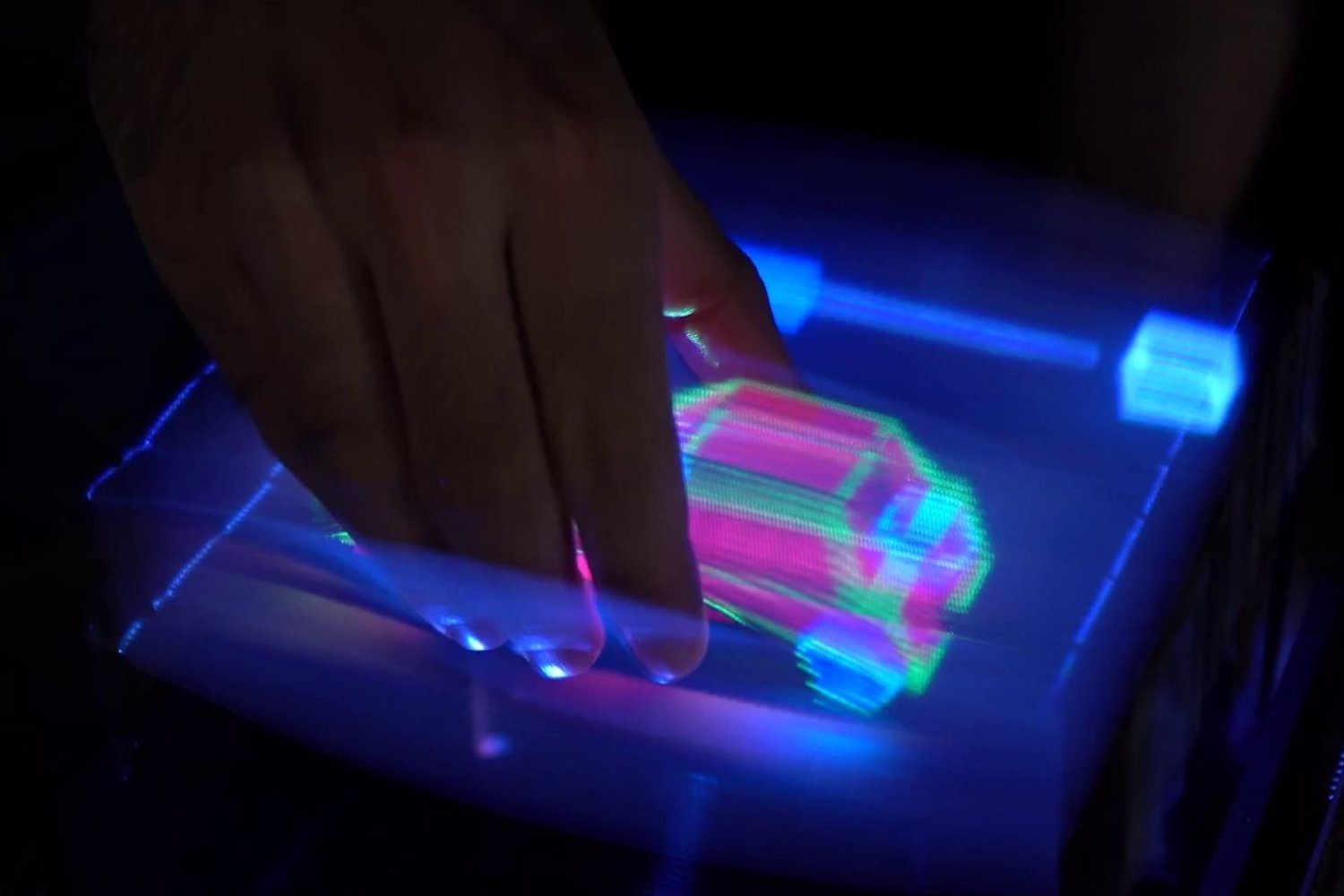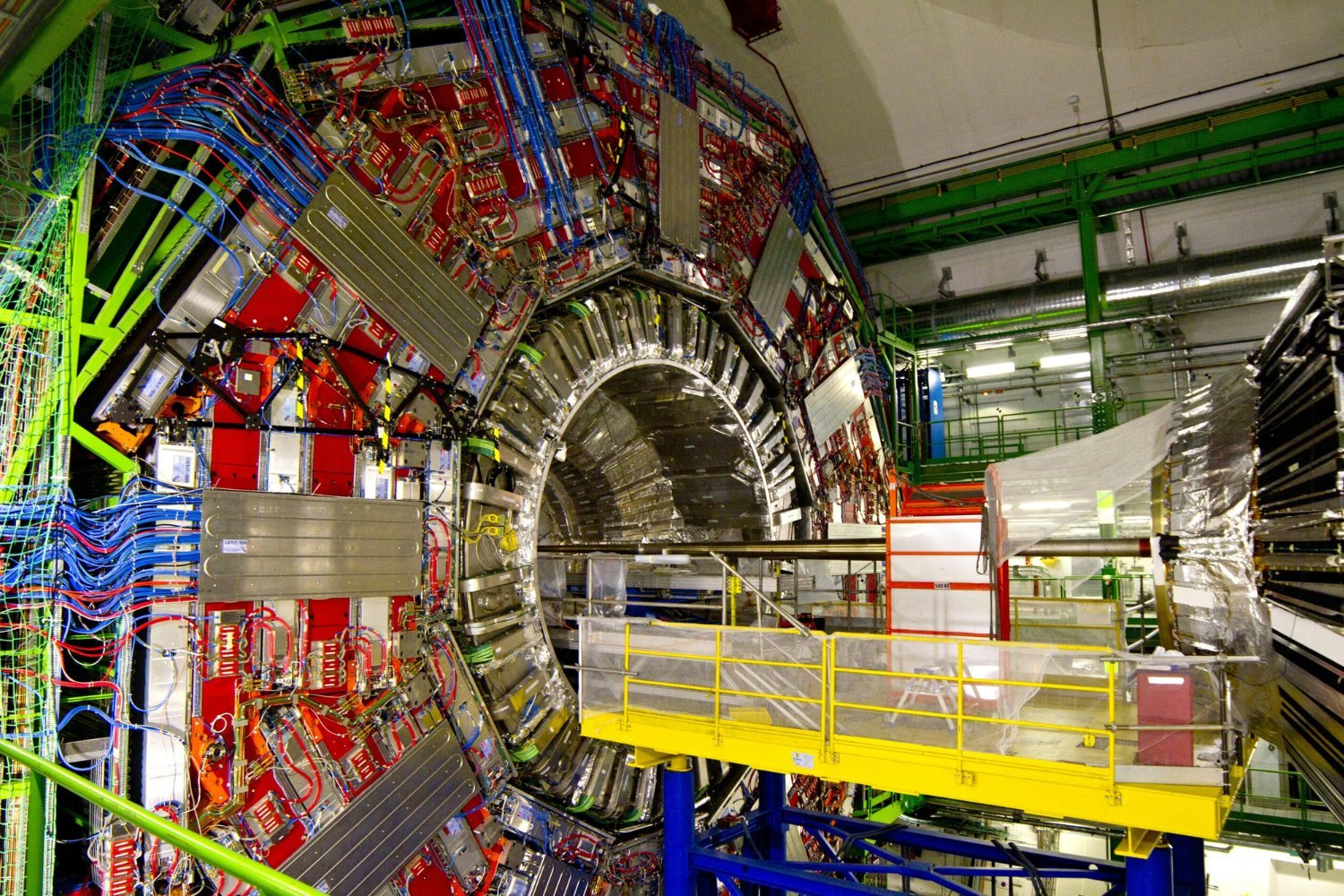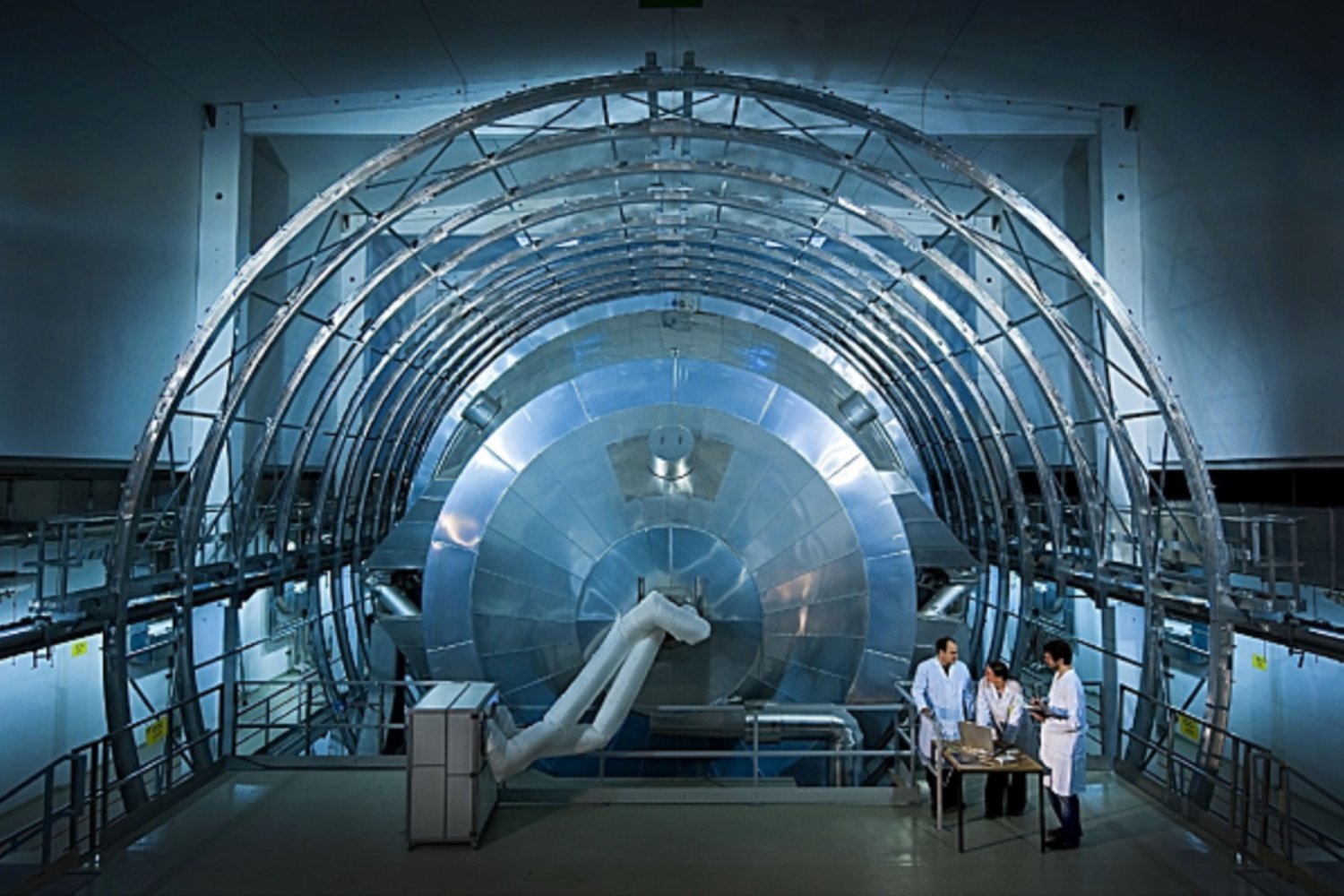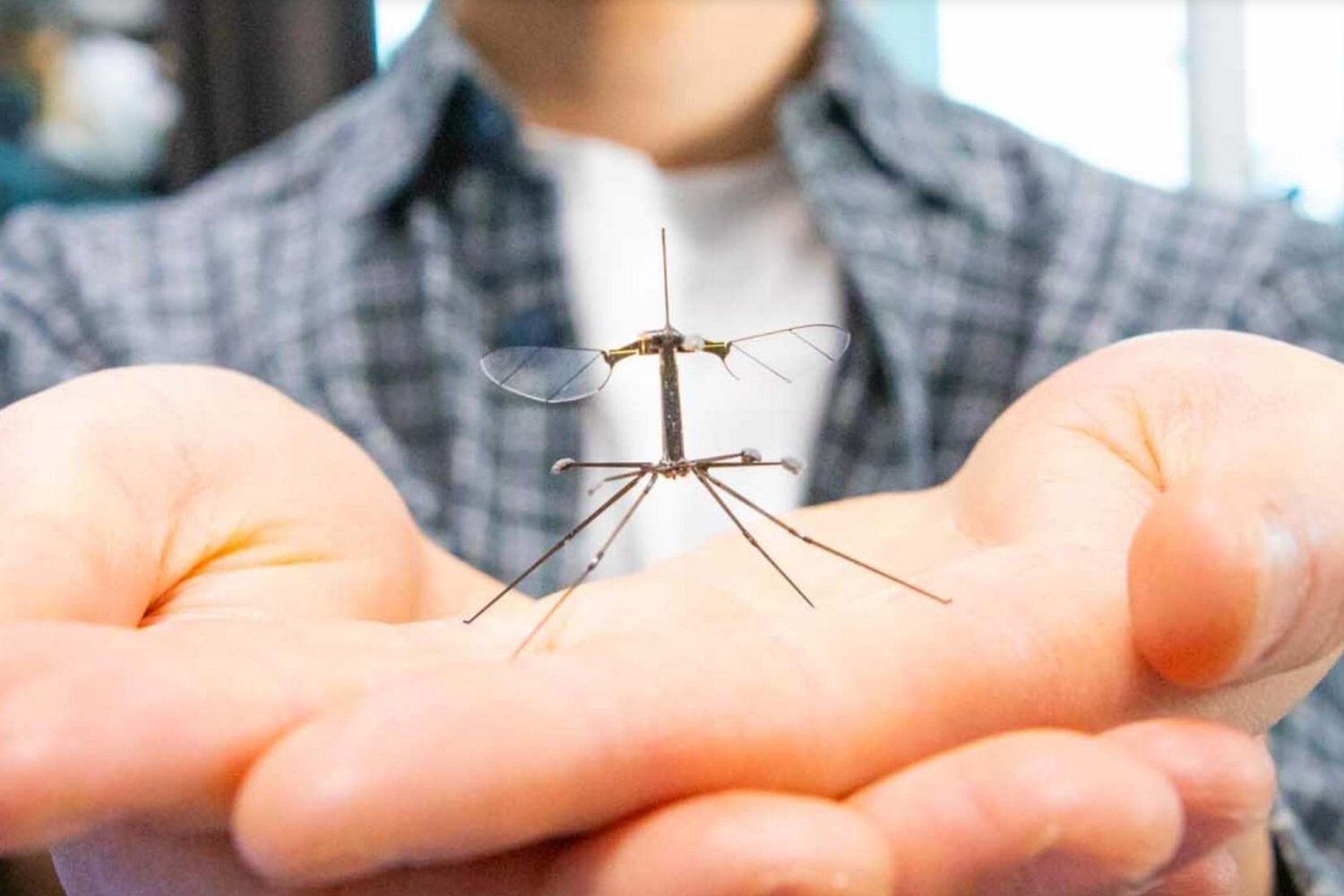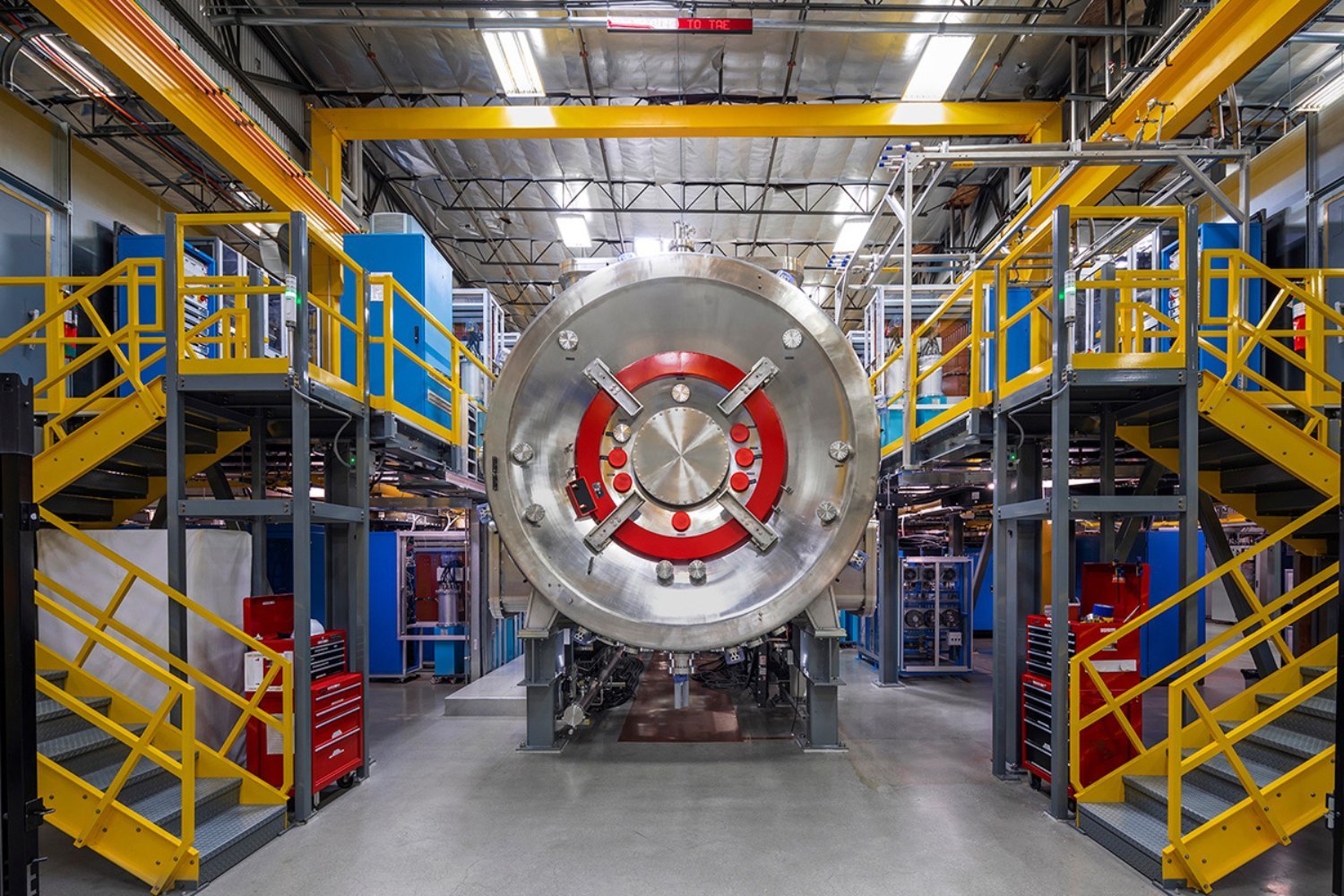Manipulating 3D holograms like in science fiction movies has become a reality, thanks to researchers at the Public University of Navarra. Their groundbreaking development allows users to directly interact with volumetric displays, opening up a new world of possibilities for various fields, including education and entertainment. This innovative technology enables users to grab, drag, and manipulate virtual 3D objects, much like interacting with icons on a touchscreen, but in three dimensions. The team will present their research at the 2025 Conference on Human Factors in Computing Systems in Yokohama, Japan, and their study is now available on HAL.
Redefining Volumetric Displays
Traditional volumetric displays rely on a rapidly oscillating diffuser sheet. Images projected onto this diffuser at different points during its oscillation create the illusion of a 3D image. However, the rigid nature of these diffusers poses safety concerns, preventing direct interaction.
Overcoming the Limitations of Rigid Diffusers
The rigid diffuser in conventional volumetric displays presents a significant challenge. Direct contact with the oscillating surface risks damage to the diffuser or injury to the user. This limitation has confined interaction with 3D graphics to indirect methods such as 3D mice, pointing, or camera-tracked hand movements replicated by on-screen avatars.
The Elastic Solution: Direct Manipulation of 3D Graphics
The researchers addressed the safety issue by replacing the rigid diffuser with an elastic one composed of multiple elastic strips. This innovative design allows users to insert their fingers between the strips as the diffuser oscillates, enabling direct manipulation of the projected 3D graphics.
The team developed algorithms to compensate for the graphic distortions caused by the elastic material, ensuring the integrity of the 3D images. This advancement enables actions like grasping and rotating a virtual cube using fingers or simulating walking legs on a surface. These interactions would be impossible and potentially dangerous with traditional rigid diffusers.
Applications in Education and Beyond
The potential applications of this interactive hologram technology are vast. In educational settings, students could visualize and assemble complex objects like engine parts in a truly immersive way. Museums could offer visitors engaging experiences by allowing them to directly interact with 3D exhibits.
From Sci-Fi to Reality
This breakthrough brings us closer to the holographic interfaces envisioned in science fiction. Imagine interacting with virtual objects as seamlessly as we do with physical ones. The ability to directly manipulate 3D holograms opens up exciting possibilities for various industries, from education and training to entertainment and design. The future of human-computer interaction is taking shape, and it looks remarkably like something out of Star Trek.



